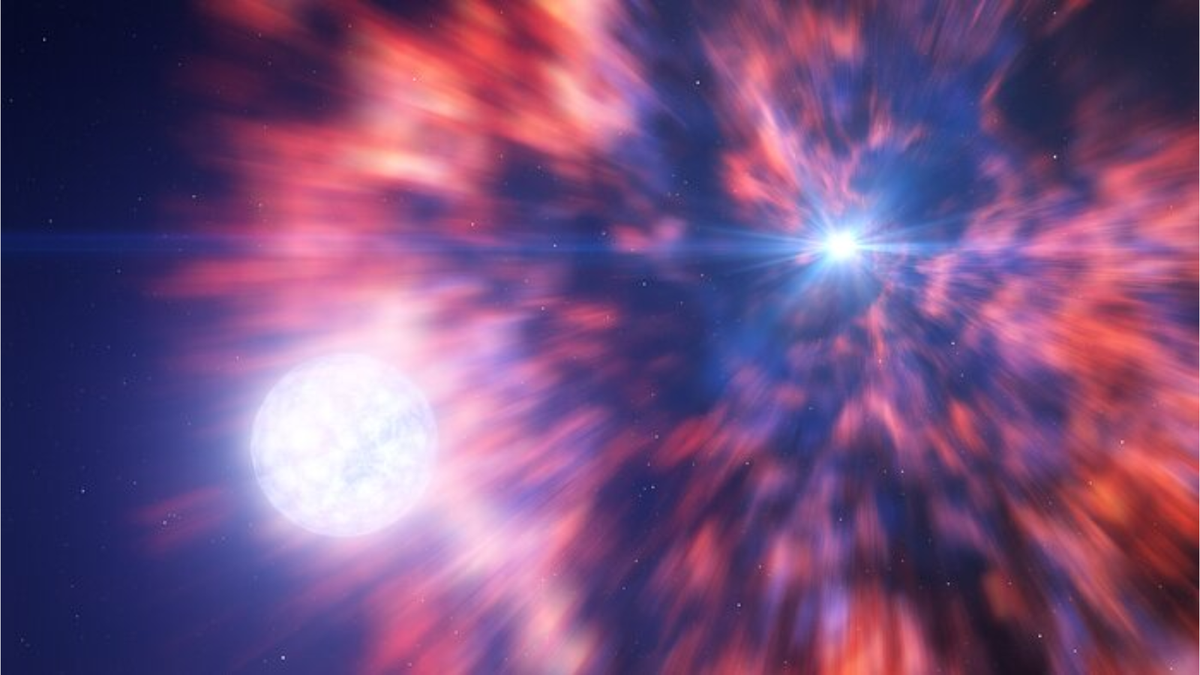Researchers have identified a unique “compact remnant” that provides valuable insights into the fate of a deceased star following its explosion.
Astronomers have established a direct connection between the explosive demise of massive stars and the creation of black holes and neutron stars – the most condensed and enigmatic objects in the universe.
Two research teams examined the immediate aftermath of a supernova explosion in a neighboring galaxy, uncovering evidence for the enigmatic compact object that remains in its aftermath. Leveraging data from two telescopes – the European Southern Observatory’s Very Large Telescope (VLT) and ESO’s New Technology Telescope (NTT) – these observations shed light on the post-explosion phase of a supernova.
As stars significantly more massive than our sun near the conclusion of their life cycles, their intense gravitational forces lead to a rapid collapse, resulting in a powerful explosion known as a supernova. Astronomers believe that following this explosive event, only the ultra-dense core, often referred to as the “compact remnant,” persists. The fate of this remnant, whether it transforms into a neutron star or a black hole, depends on the original mass of the star.
A neutron star is an incredibly dense object, with a material density so high that a teaspoon of it would weigh approximately a trillion kilograms on Earth. In contrast, a black hole is even denser, possessing gravity so intense that nothing, not even light, can escape its gravitational pull.
The compact remnant theory, which proposes the existence of an ultra-dense core left behind after a star explodes, has been supported by numerous clues indicating the sequence of events during a supernova. However, astronomers had never directly observed evidence of a supernova leaving behind a compact remnant, as stated by ESO. This changed in 2022 when South African amateur astronomer Berto Monard identified the supernova SN 2022jli in the spiral arm of the nearby galaxy NGC 157. Situated approximately 75 million light-years away, researchers, upon studying its aftermath, noted peculiar behavior.
In a departure from the typical behavior of most supernovae, which experience a gradual decline in brightness over time, SN 2022jli exhibited a unique pattern. While its overall brightness diminished, it did not follow the usual gradual light curve. Instead, the supernova displayed a distinctive oscillation, fluctuating up and down approximately every 12 days.
